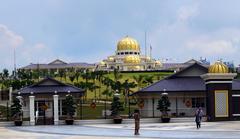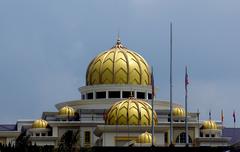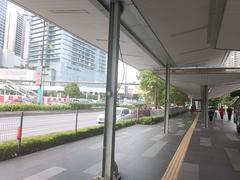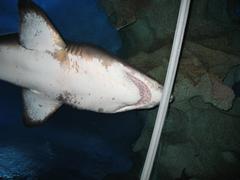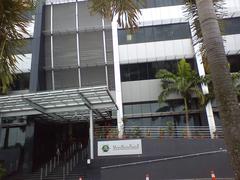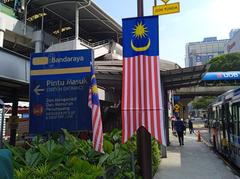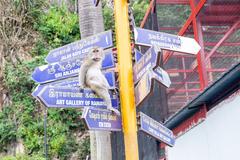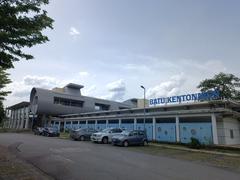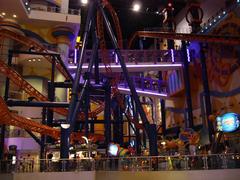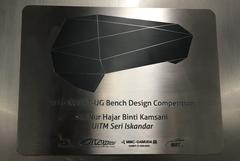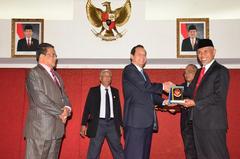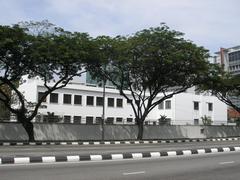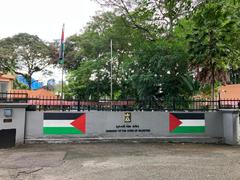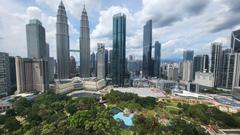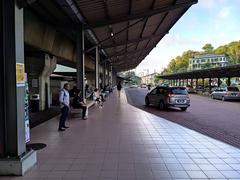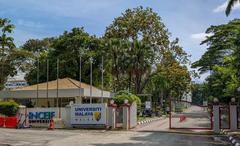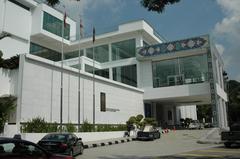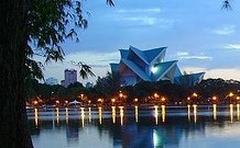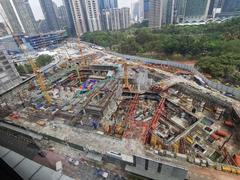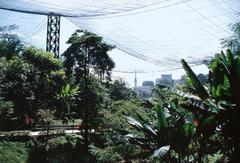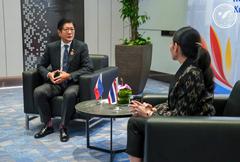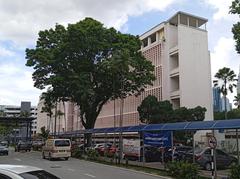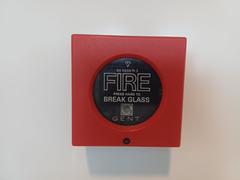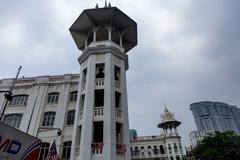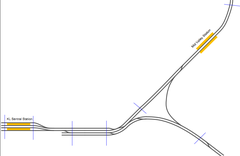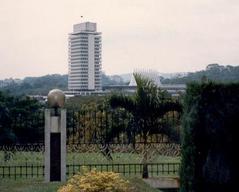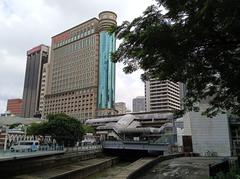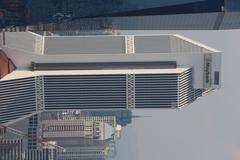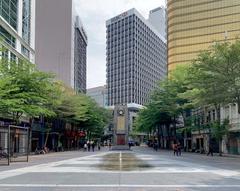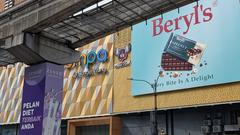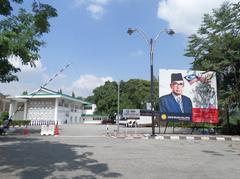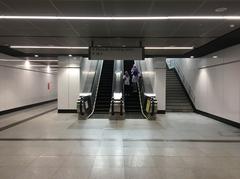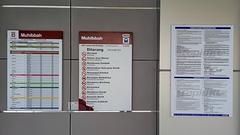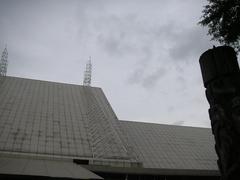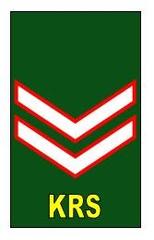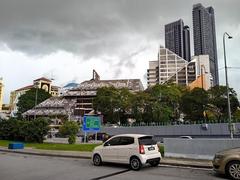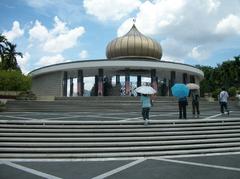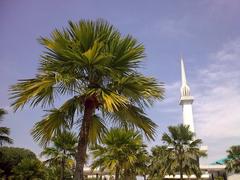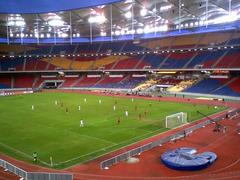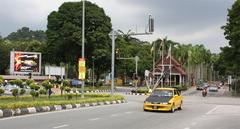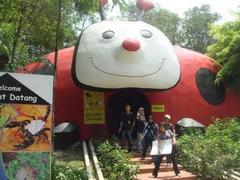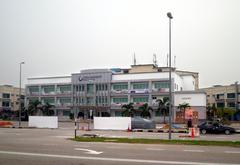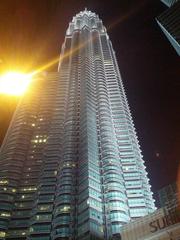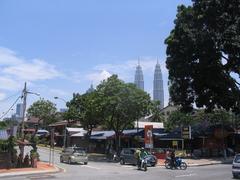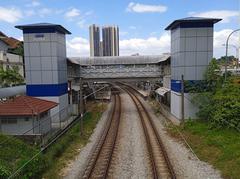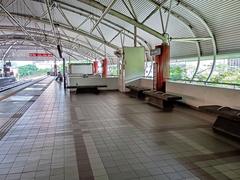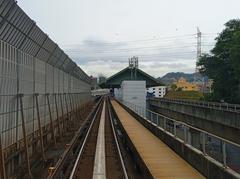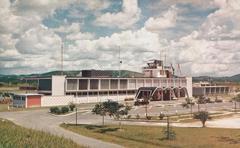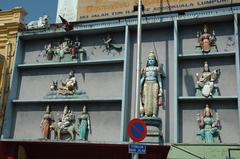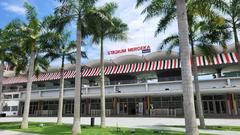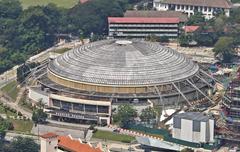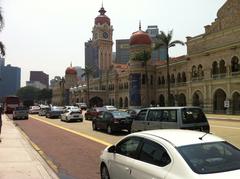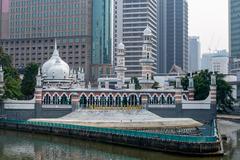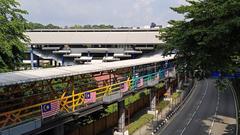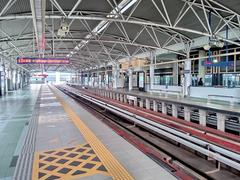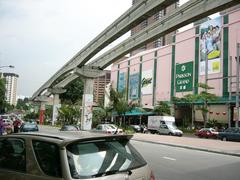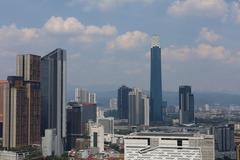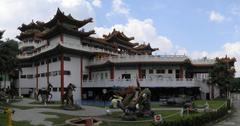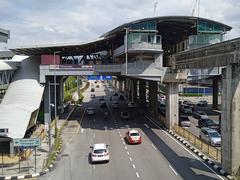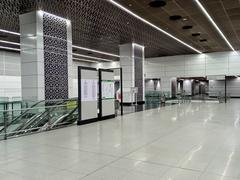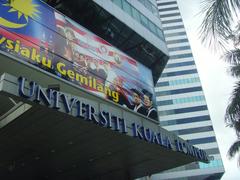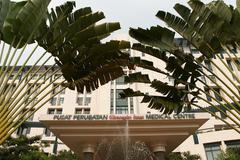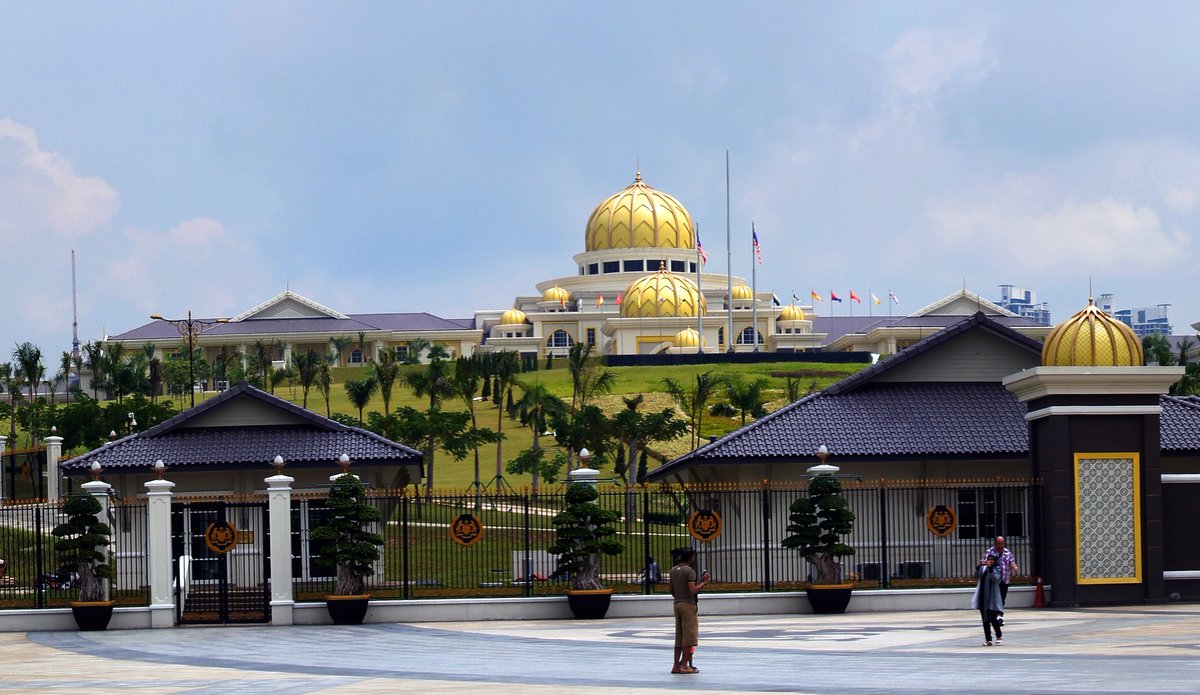
Istana Negara Visiting Hours, Tickets, and Guide to Kuala Lumpur’s Historical Sites
Date: 14/06/2025
Introduction: Istana Negara and Its National Significance
Istana Negara, situated on Jalan Istana in Kuala Lumpur, stands as a grand emblem of Malaysia’s constitutional monarchy and vibrant cultural heritage. As the official residence of the Yang di-Pertuan Agong (the King of Malaysia), this landmark reflects both the nation’s historical journey and evolving identity. Originally built in 1928 as the residence of the British High Commissioner, Istana Negara became the royal palace following Malaysia’s independence in 1957. The current palace, inaugurated in 2011, symbolizes Malaysia’s progress while honoring its traditions (Explore the Kingdom; ABC Kuala Lumpur).
Showcasing a blend of traditional Malay and Islamic architecture, the palace features 22 domes and intricate motifs that represent Malaysia’s diverse cultural roots. While the palace’s interior remains largely inaccessible due to its role as a working royal residence, the palace gates and grounds offer visitors a glimpse into royal pageantry and national traditions through events like the Changing of the Guard.
This guide provides all the essential information for visiting Istana Negara, including visiting hours, ticketing, practical tips, accessibility, and cultural highlights, as well as recommendations for exploring nearby Kuala Lumpur historical sites.
Table of Contents
- Historical Overview: Colonial Roots and Royal Transition
- Architectural Highlights and Layout
- Visiting Information: Hours, Tickets, and Accessibility
- Ceremonies and Cultural Experiences
- Etiquette and Photography Guidelines
- Getting There and Transportation Tips
- Nearby Attractions and Dining
- Frequently Asked Questions (FAQs)
- Conclusion and Summary
- References
Historical Overview: Colonial Roots and Royal Transition
Istana Negara’s history dates to 1928, when it was constructed as the residence for the British High Commissioner. Post-independence, this stately mansion became the official residence of the Yang di-Pertuan Agong, transforming from a colonial administrative site into the heart of Malaysia’s monarchy (Explore the Kingdom). The palace hosted major national events, including royal coronations and state ceremonies, cementing its role in the nation’s political and cultural landscape.
By the early 2000s, the original palace could no longer accommodate the expanding needs of the monarchy and state functions. The new Istana Negara, located on Jalan Tuanku Abdul Halim, opened in 2011 on a sprawling 104-hectare site. This transition highlighted Malaysia’s modernization while maintaining reverence for royal traditions (ABC Kuala Lumpur).
Architectural Highlights and Layout
The palace’s architecture is a harmonious blend of Malay heritage and modern Islamic design. Designed by Sulaiman Daud, the complex features 22 domes, with the main dome reaching 60 meters in height. The domes are illuminated in different colors during special occasions, and the palace’s white façade is complemented by golden domes and intricate carvings. The gates feature hibiscus and geometric Islamic patterns, reflecting national symbols and artistic heritage.
Inside, the palace is divided into two main wings: the Official Wing and the Royal Wing. Key spaces include:
- Balairong Seri (Throne Room): Venue for royal installations and ceremonies.
- Banquet Halls: For state functions and celebrations.
- Royal Quarters: Private residences for the King and royal family.
- Surau (Prayer Hall): Accommodates up to 1,000 worshippers.
- Additional Facilities: Security offices, visitor squares, sports fields, helipad, and horse stables.
The grand lobby boasts a 40-meter-high dome and Malaysia’s largest chandelier, with murals depicting the nation’s historical milestones (ABC Kuala Lumpur).
Visiting Information: Hours, Tickets, and Accessibility
Palace Grounds:
The palace itself is not open for interior tours due to its function as an active royal residence. However, the palace gates and exterior grounds are accessible to the public daily.
-
Visiting Hours:
Grounds are open from 9:00 AM to 5:00 PM, except the first Monday of each month and certain public holidays (e.g., first two days of Raya Aidil Fitri and the first day of Raya Aidil Adha).- Early visits (7:00–10:00 AM) are recommended for cooler weather and fewer crowds.
-
Royal Museum (Old Istana Negara):
The former palace, now the Royal Museum, is open to visitors and features exhibits on Malaysia’s monarchy.- Ticket Prices (as of June 2025):
- Malaysian Resident (Adults): RM 5
- Malaysian Resident (Children 6–12): RM 2
- Malaysian Resident (Senior): RM 3
- Non-Malaysian Resident (Adults): RM 10
- Non-Malaysian Resident (Children 6–12): RM 5
- Children under 5: Free
Traditional Malay costume rentals are available (RM 50 per set, includes a photo).
- Ticket Prices (as of June 2025):
Accessibility:
Paved walkways and ramps make the grounds wheelchair- and stroller-friendly. Restrooms and shaded rest areas are available near the entrance and museum.
Ceremonies and Cultural Experiences
A highlight of a visit is the Changing of the Guard ceremony, held daily at noon. Guards in traditional attire perform a formal handover at the main gate, offering a unique cultural spectacle reminiscent of royal ceremonies in other countries.
During national celebrations, Istana Negara hosts special events and cultural performances showcasing music, dance, and royal traditions. Check the official tourism website or event calendars for up-to-date schedules.
Etiquette and Photography Guidelines
As a symbol of national pride, visitors are expected to follow respectful conduct:
- Dress Code: Cover shoulders and knees; avoid shorts and sleeveless tops.
- Footwear: Comfortable walking shoes are recommended.
- Behavior: Maintain a quiet demeanor, avoid disruptive actions.
- Photography: Permitted in outdoor areas; prohibited inside the museum and restricted palace sections. Always observe posted signs and staff instructions.
Getting There and Transportation Tips
- By Taxi/Ride-Hailing: Services like Grab are convenient and recommended.
- By Public Bus: Alight at Stop No. 13 (National Palace).
- By LRT/Monorail: From KL Sentral, take a taxi or Grab (10–15 minutes).
- Hop-On Hop-Off Bus: Includes Istana Negara as a designated stop (Trip.com).
Parking is limited, so public transport or taxis are preferable.
Nearby Attractions and Dining
Enhance your visit by exploring these nearby Kuala Lumpur historical sites:
- National Museum (Muzium Negara): Malaysia’s history and culture (National Museum).
- Perdana Botanical Gardens: Lush gardens and lakes (Perdana Botanical Gardens).
- National Mosque (Masjid Negara): Iconic Islamic architecture (National Mosque).
- Islamic Arts Museum Malaysia: Extensive Islamic art collections (Islamic Arts Museum Malaysia).
- Kuala Lumpur Bird Park: Family-friendly wildlife attraction (Kuala Lumpur Bird Park).
- Central Market Kuala Lumpur: Heritage crafts and food (Central Market).
- Brickfields (Little India): Vibrant cultural quarter (Brickfields).
Dining:
Options abound in nearby Brickfields and Bangsar. Notable places include Vishal Food & Catering, Annalakshmi, and Botanica+Co.
Frequently Asked Questions (FAQs)
Q: Can I enter the palace interior?
- No, the palace itself is closed to the public. However, the Royal Museum (old palace) is accessible.
Q: Are there entrance fees?
- Viewing the palace grounds is free. Museum admission ranges from RM 2–10, depending on age and residency.
Q: Is photography allowed?
- Yes, in designated outdoor areas. Restricted inside the museum and palace interiors.
Q: How do I get to Istana Negara?
- By taxi, ride-hailing app, public bus, or via the Hop-On Hop-Off Bus.
Q: Are guided tours available?
- Occasionally, especially at the Royal Museum. Guided city tours covering the palace’s exterior are also available.
Conclusion and Summary
Istana Negara is a vital pillar of Malaysia’s royal heritage and national identity. While its interior is reserved for official and royal functions, visitors can experience the grandeur of its architecture, the ceremonial Changing of the Guard, and the rich historical context provided by the Royal Museum. Pairing your visit with nearby attractions such as the National Museum, Perdana Botanical Gardens, and Central Market ensures a comprehensive exploration of Kuala Lumpur’s cultural treasures.
Before your visit, stay updated on special events and practical tips through the Tourism Malaysia website or the Audiala app. Istana Negara is more than a royal residence—it’s a living monument to Malaysia’s past, present, and aspirations.
References & Further Reading
- Explore the Kingdom: The Significance of Istana Negara
- ABC Kuala Lumpur: Istana Negara Visitor Guide
- Trip.com: Discover Istana Negara
